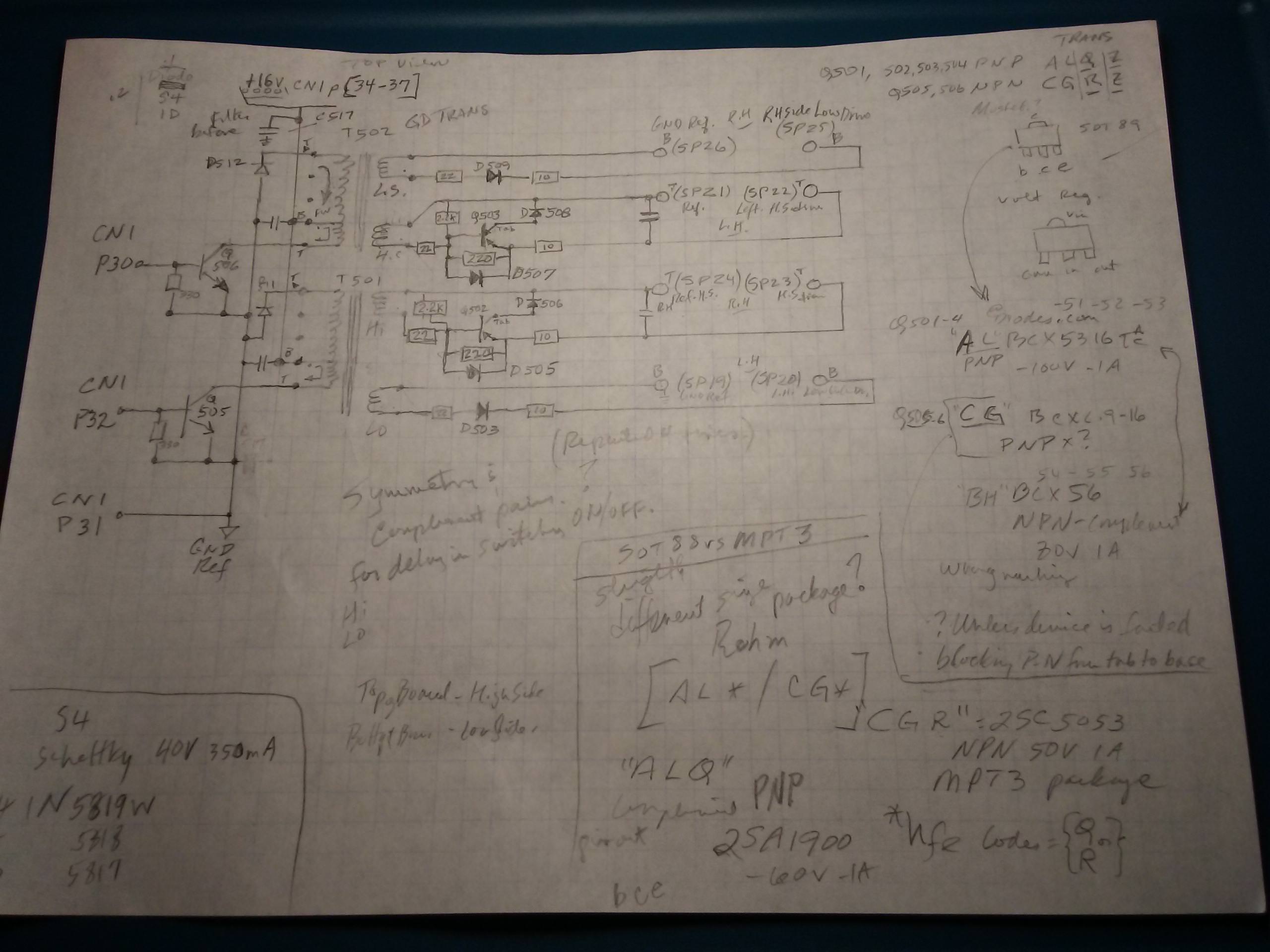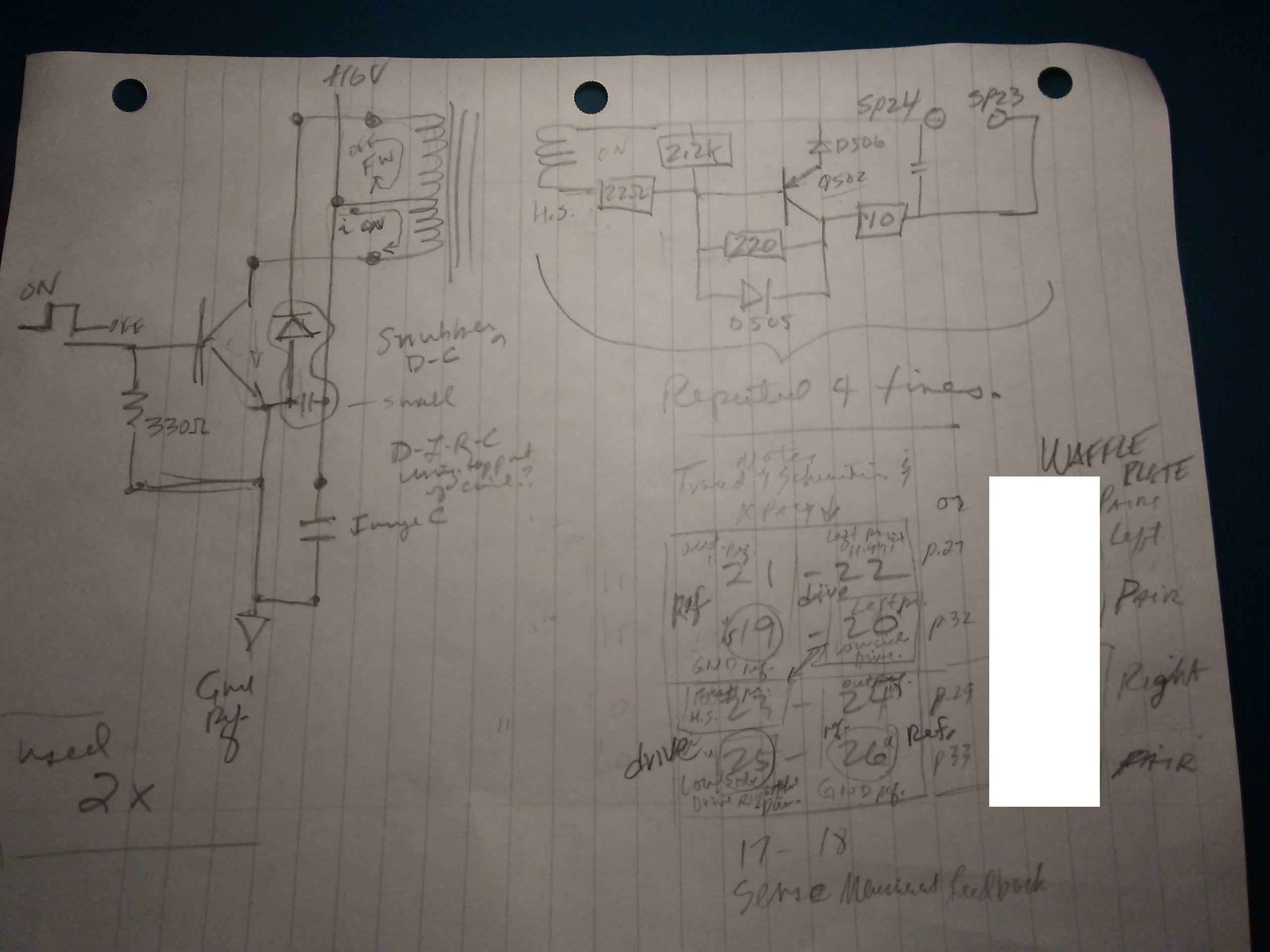electronpusher said:
Will be replacing the caps with through the holes (do you have a link where I can buy the caps?).
For Westralians, this should do:
https://www.altronics.com.au/p/r2889-0.001uf-3kv-z5u-5mm-ceramic-capacitor/
[ Edit: the image shows a 10 nF part (0.01 μF) part with capacitance code 103; you want a 1 nF (1000 pF) part with capacitance code 102. It will likely be smaller than the one in the photo. It's common to use one photo for hundreds of different valued parts. ]
However, the lead pitch is 5 mm, and it looks like the PCB hole spacing is some 10 mm (maybe 7.5 mm). [ Edit: but you can just bend the leads to fit the wider hole spacing. ]
If you want to order on-line, since it's such a small order, you'd want someone with free shipping with any sized order, which in Australia means RS-Online:
https://au.rs-online.com/web/p/ceramic-single-layer-capacitors/7167324/
You have to buy a bag of ten, but that's still under $10 including GST and the free shipping. Plenty of spares.
I have a feeling that the caps that are blowing may be a weak point. I discussed this with my PhD supervisor (Biomedical Engineering/Electrical Engineering), and he suggested the caps may be the problem, and said that you could try putting in caps that have a higher voltage rating? Thoughts on that? Do we know what the original caps were rated at? Actually, reading further in your post skylogger, it appears that is exactly what you have done.
So I need to get 2 x 1000pF caps rated at 3kV.
Well, there's no reason that there should be even 2 kV in there, so it's not clear that 3 kV parts will solve the problem. Plus, how are other parts going to react with >2kV spilkes in there? But at least a 3 kV part should be a little sturdier than a 2 kV part.
Maybe a film capacitor would be more appropriate? Much bulkier, though.
Perhaps X rated safety capacitors would be better; they are designed not to explode in extreme over-voltage situations. But they do this by fusing to open circuit. I think that considering their cost, it's better to have these cheap things explode and save other, far more expensive parts. If indeed they can do that.
Additionally, with the 20A fuse in the MCU, do you have a link for the replacement fuse, I want to purchase it before the weekend if possible to be ready for the cars arrival? Although we have not looked at that yet, from what I have read I suspect that it most likely has blown.
That's also a problem. We haven't found an on-line source for these that is drop-in. I mention the nearest one I could find on-line in
this post. JRay3 has the Mitsubishi part number in
this post. But it seems that it's difficult to source in the USA; it might be a lot harder to find in Australia. But it might be worth a phone call or two. My guess is that it will have to come from Japan, which might take weeks, or months considering other posters' experiences . If that's the case, you may as well wait till you know you need it.



































